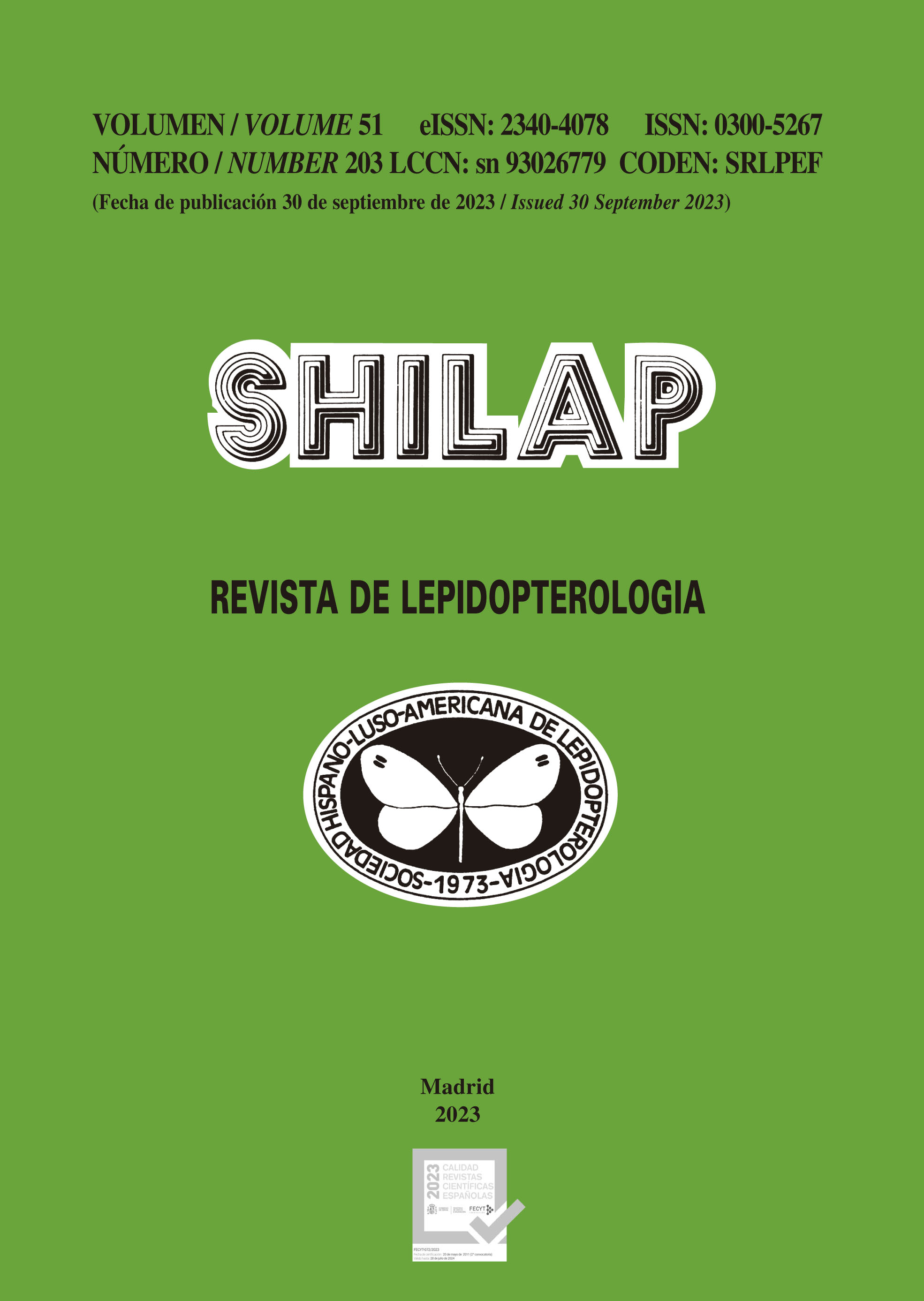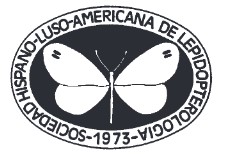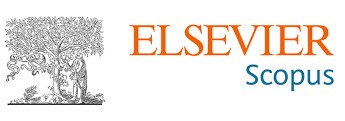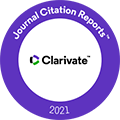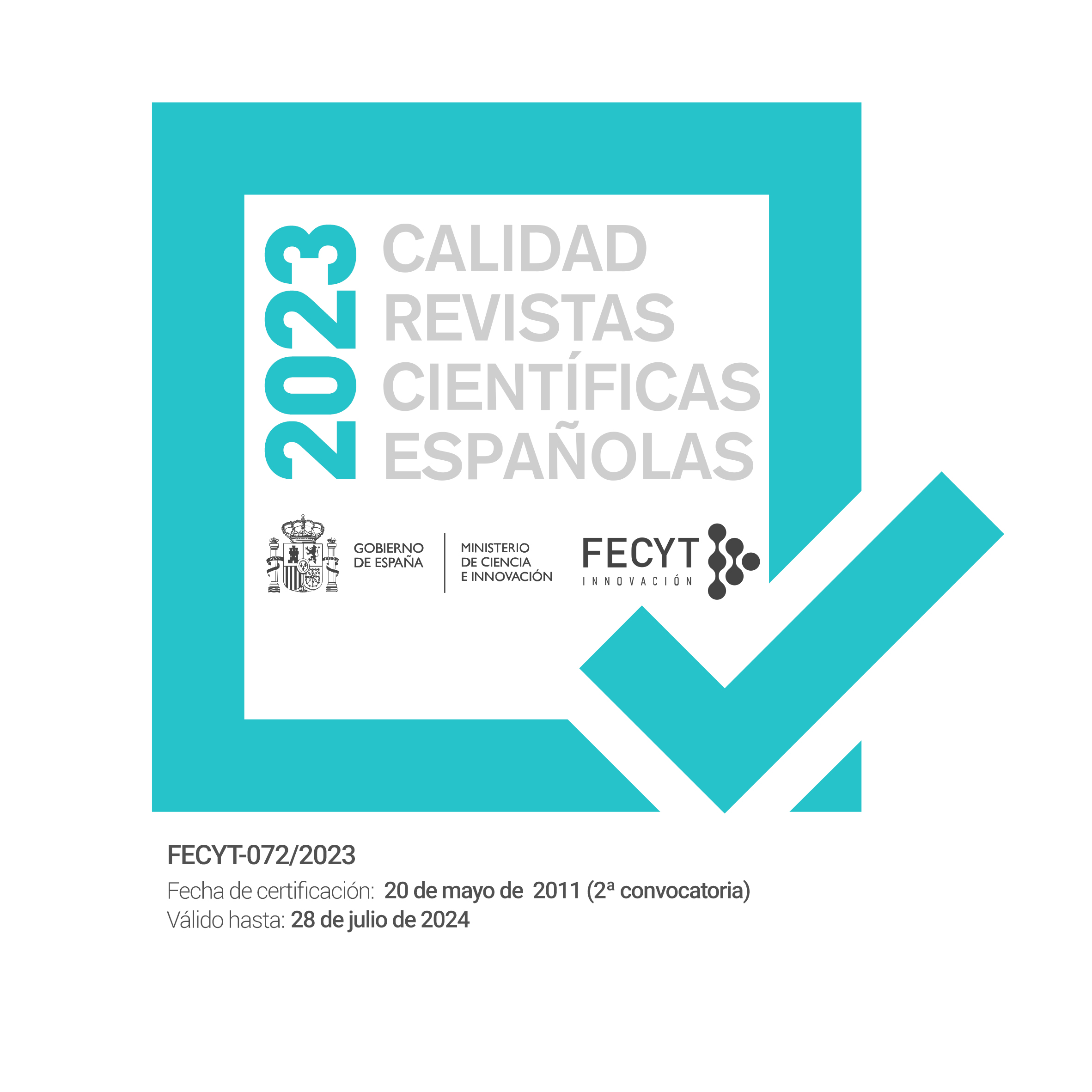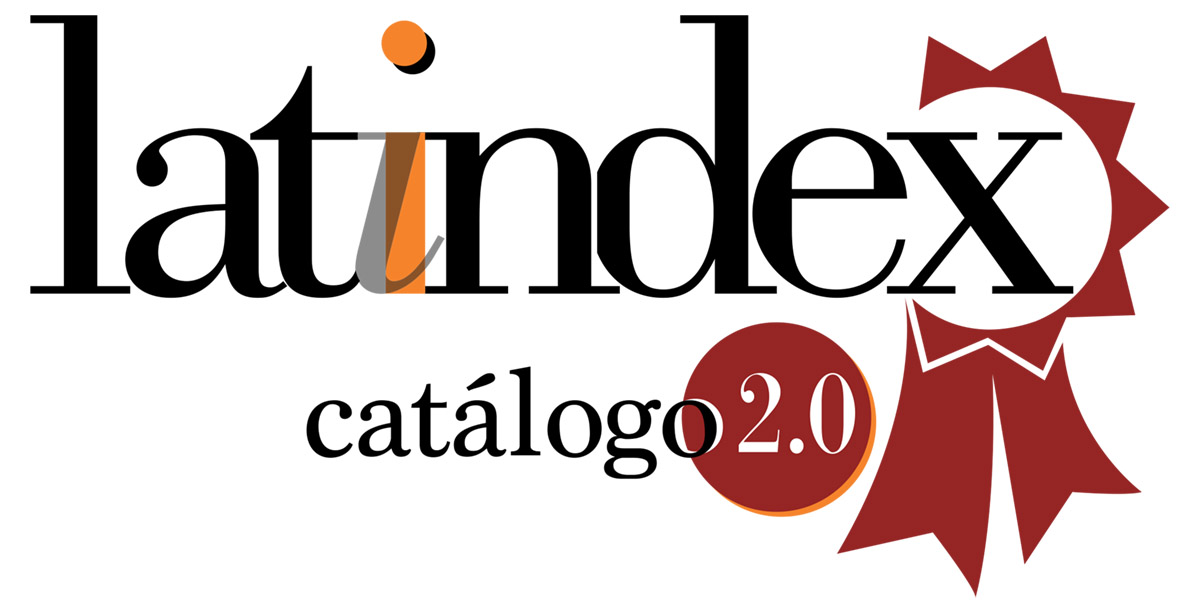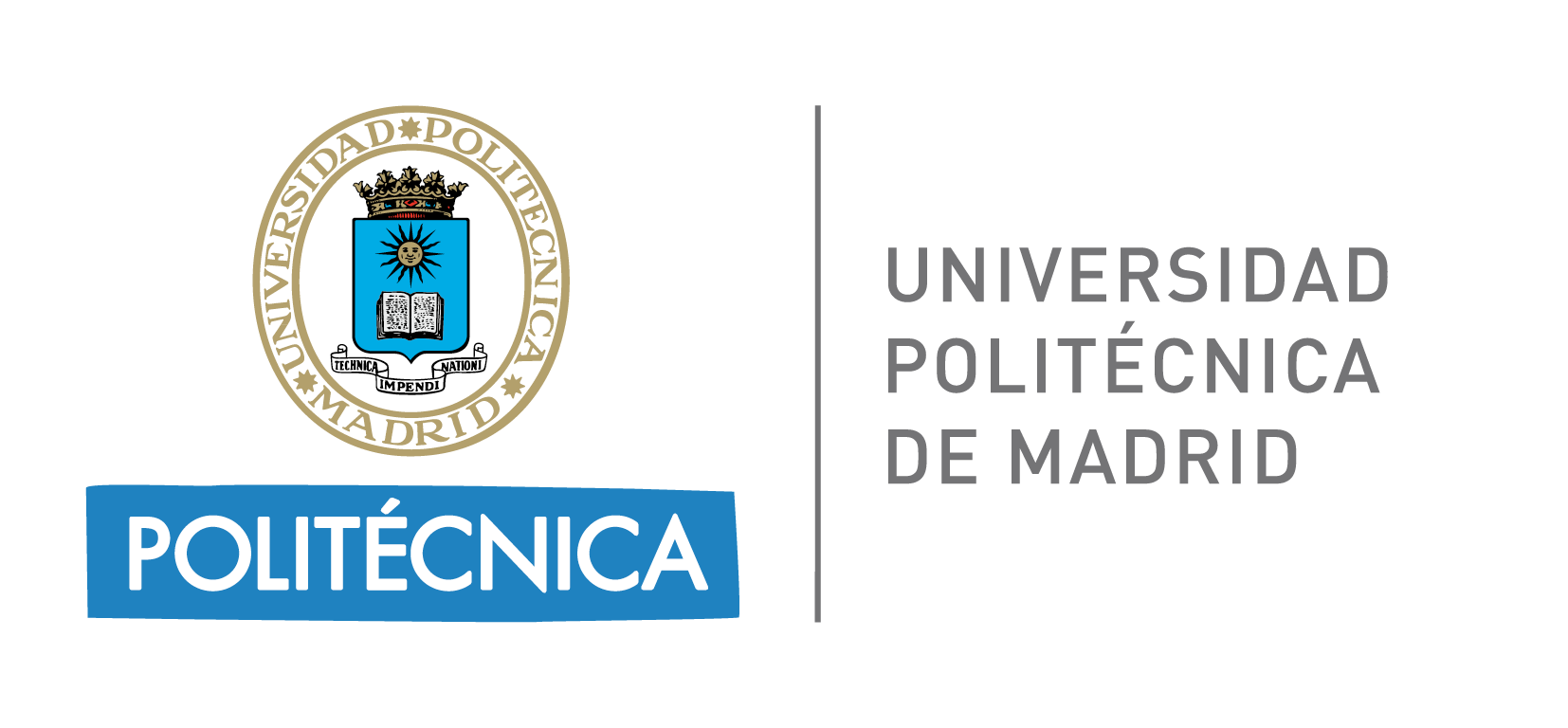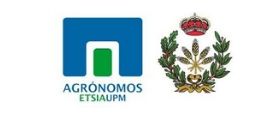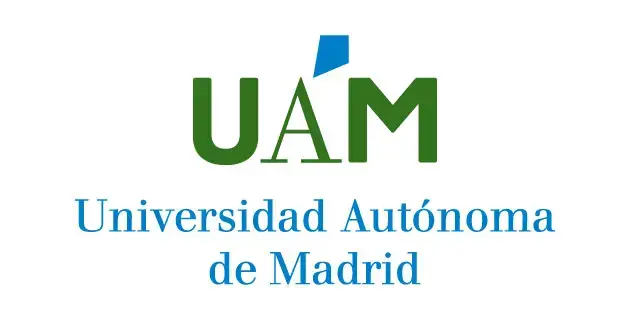A new host plant for Cameraria ohridella Deschka & Dimic, 1986 (Lepidoptera: Gracilleriidae)
DOI:
https://doi.org/10.57065/shilap.539Schlagworte:
Lepidoptera, Gracillariidae, Cameraria ohridella, host plant, Sapindaceae, Acer saccharinum, BelarusAbstract
The article deals with the study of host plants of Cameraria ohridella Deschka & Dimic, 1986, especially focusing on Belarus findings. For the first time, Acer saccharinum L., is recorded as a host plant. The cases of damaging other plants by this species as well as relationships of Gracillariidae with the plant family Sapindaceae are summarized.
Downloads
Globale Statistiken ℹ️
|
754
Aufrufe
|
358
Downloads
|
|
1112
Gesamt
|
|
Literaturhinweise
Backhaus, G. F., Wulf, A., Kehr, R., & Schroeder, T. (2002). Die Rosskastanien-Miniermotte (Cameraria ohridella) - Biologie, Verbreitung und Gegenmassnahmen. Inhalte und Erkenntnisseausdem Statuskolloquium am 8 und 9 Mai 2001 in der BiologischenBundesanstaltfür Land- und Forstwirtschaft (BBA), Braunschweig.
Nachrichtenblatt des Deutschen Pflanzenschutzdienstes, 54(3), 56-62.
Braun, A. F. (1908). Revision of the North American species of the genus Lithocolletis Hübner. Transactions of the American Entomological Society, 34, 269-357. https://doi.org/10.5962/bhl.title.17825 DOI: https://doi.org/10.5962/bhl.title.17825
Deschka, G., & Dimic, N. (1986). Cameraria ohridella n. sp. aus Mazedonien, Jugoslawien (Lepidoptera, Lithocolletidae). Acta entomologica Jugoslavica, 22(1), 11-23.
De Prins, J., & De Prins, W. (2006-2022). Global Taxonomic Database of Gracillariidae (Lepidoptera). https://doi.org/10.1163/9789004475397 DOI: https://doi.org/10.1163/9789004475397
D’Costa, L., KorichevA, J., Straw, N., & Simmonds, M. J. (2013). Oviposition patterns and larval damage by the invasive horse-chestnut leaf miner Cameraria ohridella on different species of Aesculus. Ecological Entomology, 38(5), 456-462. https://doi.org/10.1111/een.12037 DOI: https://doi.org/10.1111/een.12037
Doorenweerd, C., Van Haren, M. M., Schermer, M., Pieterse, S., & Van Nieukerken, E. J. (2014). A Linnaeus NGTM interactive key to the Lithocolletinae of North-West Europe aimed at accelerating the accumulation of reliable biodiversity data (Lepidoptera, Gracillariidae). ZooKeys, 422, 87-101. https://doi.org/10.3897/zookeys.422.7446 DOI: https://doi.org/10.3897/zookeys.422.7446
Ellis, W. N. (2001-2021). Plant Parasites of Europe: leaf miners, galls and fungi. https://bladmineerders.nl (12-X-2022).
Gelderen, D. M., De Jong, P. C., & Oterdoom, H. J. (1994). Maples of the World. Timber Press.
Gregor, F., Lastuvka, Z., & Mrkva, R. (1998). Horse chestnut leaf miner (Cameraria ohridella) also found on maple. Ochrana Rostlin, 34(2), 67-68.
Fedoruk, A. T. (1972). Introduced trees and shrubs of the western part of Belarus. Minsk. (in Russian).
Fedoruk, A. T. (1985). Experience in the introduction of woody deciduous plants in Belarus. Minsk. (in Russian).
Freise, J. F., & Heitland, W. (1999). A brief note on sexual differences in pupae of the horse-chestnut leaf miner, Cameraria ohridella Deschka & Dimic (1986) (Lep., Gracillariidae), a new pest in Central Europe on Aesculus hippocastanum. Journal of Applied Entomology, 123(3), 191-192. https://doi.org/10.1046/j.1439-0418.1999.00343.x DOI: https://doi.org/10.1046/j.1439-0418.1999.00343.x
Freise, J. F., Heitland, W., & Sturm, A. (2003). Das physiologische Wirtspflanzenspektrum der Rosskastanien-Miniermotte, Cameraria ohridella Deschka & Dimic (Lepidoptera: Gracillariidae). Nachrichtenblatt des Deutschen Pflanzenschutzdienstes, 55(10), 209-211.
Freise, J. F., Heitland, W., & Sturm, A. (2004). Das Wirtspflanzenspektrum der Rosskastanien-Miniermotte, Cameraria ohridella Deschka & Dimic (Lepidoptera: Gracillariidae), einemSchaedling der Rosskastanie, Aesculus hippocastanum. Mitteilungen der Deutschen Gesellschaft für Allgemeine und Angewandte Entomologie Maerz, 14(1-6), 351-354.
Gninenko Y. I., & Orlinski A. D. (2004). New insect pests of forest plantations. Zashchita i Karantin Rastenii, (4), 33. (in Russian).
Heitland, W., Freise, J. F., Sturm, A., & Lenz, N. (2005). Die Rosskastanien-Miniermotte Cameraria ohridella Deschka & Dimiæ, 1986 (Lepidoptera, Gracillariidae): Gründe ihres Erfolgs als Blattschädling an der weiß blüenden Gewöhnlichen Rosskastanie Aesculus hippocastanum (Hippocastanaceae) und Möglichkeiten zur Bekämpfung. Entomologie beute, 17, 157-172.
Hellrig, Ê. (2001). Neue Erkenntnisse und Untersuchungen über die Rolikastanien-Miniermotte Cameraria ohridella Deschka & Dimic, 1986 (Lepidoptera, Gracillariidae). Gredleriana, (1), 9-81.
Hillier, J., & Coombes, A. (2003). The Hillier Manual of Trees and Shrubs. David & Charles.
Kenis, M., Girardoz, S., Avtzis, N., Freise, J., Heitland, W., Grabenweger, G., Lakatos, F., Lopez Vaamonde, C., Svatos, A., & Tomov, R. (2003). Finding the Area of Origin of the Horse-Chestnut Leaf Miner: A Challenge. Proceedings: IUFRO Kanazawa 2003 “Forest Insect Population Dynamics and Host Influences”, 63-66.
Kirichenko, N. I., Karpun, N. N., Zhuravleva, E. N., Shoshina, E. I., Anikin, V. V., & Musolin, D. L. (2023). Invasion Genetics of the Horse-Chestnut Leaf Miner, Cameraria ohridella (Lepidoptera: Gracillariidae), in European Russia: A Case of Successful Involvement of Citizen Science in Studying an Alien Insect Pest. Insects, 14, 117. https://doi.org/10.3390/ insects14020117 DOI: https://doi.org/10.3390/insects14020117
Kosayev, M. N. (1973). Introduction of horse chestnut. Proceedings of the Academy of Sciences of the Kazakh USSR, (5), 15-19. (in Russian).
Krivosheina, M. G., & Ozerova, N. A. (2020). Horse-chestnut leafminer Cameraria ohridella: invasion history and prognosis. IOP Conference Series: Earth and Environmental Science, 579, 012071. https://doi.org/10.1088/1755-1315/579/1/012071 DOI: https://doi.org/10.1088/1755-1315/579/1/012071
Lack, H. W. (2002). The discovery and rediscovery of the horse chest-nut. Arnoldia, 61(4), 15-19.
Laszczyca, P., Nakonieczny, M., Kêdziorski, A., Babczyñska, A., & Wiesner, M. (2021). Towards understanding Cameraria ohridella (Lepidoptera: Gracillariidae) development: effects of microhabitat variability in naturally growing horse-chestnut tree canopy. International Journal of Biometeorology. 65, 1647-1658. https://doi.org/10.1007/s00484-021-02119-8 DOI: https://doi.org/10.1007/s00484-021-02119-8
Lees, D. C., Lack, H. W., Rougerie, R., Hernandez-Lopez, A., Raus, T., Avtzis, N. D., Augustin, S., & Lopez-Vaamonde, C. (2011). Tracking origins of invasive herbivores through herbaria and archival DNA: the case of the horse-chestnut leaf miner. Frontiers in Ecology and the Environment, 9(6), 322-328. https://doi.org/10.1890/100098 DOI: https://doi.org/10.1890/100098
Liao, C., Ohshima, I., & Huang, G. (2019). A new leaf-mining moth, Caloptilia aesculi, sp. nov. (Lepidoptera: Gracillariidae: Gracillariinae) feeding on Aesculus chinensis Bunge (Hippocastanaceae) from China. Zootaxa, 4586(3), 586-600. https://doi.org/10.11646/zootaxa.4586.3.13 DOI: https://doi.org/10.11646/zootaxa.4586.3.13
Lisovyi, M. M., Silchuk, O. I., Chumak, P. YA., & Kovalchuk, V. P. (2017). The leaf miners (Lepidoptera: Gracillariidae) - dangerous phytophages of woody and shrubby plants of botanical gardens and plantations of the city of Kyiv. Bulletin of Agricultural Science, 25-30. (in Ukrainian). https://doi.org/10.31073/agrovisnyk201709-04 DOI: https://doi.org/10.31073/agrovisnyk201709-04
Maceljski, M., & Bertie, D. (1995). Kestenovmoljac miner Cameraria ohridella Deschka & Dimic (Lepidoptera, Gracillariidae) noviopasnistetnik u Hrovatskoj. Fragmenta Phytomedica et Herbologia, 23(2), 9-18.
Maslovsky, O. M., Levkovich, A. V., Sysoy, I. P., Kolesnikova, M. P., Rodionov, P. A., Chumakov, L. S., Shimanovich, R. V., Grigorieva, K. S., Giryaev, A. S., & Pugachevsky, A. V. (2019). State cadastre of flora of the Republic of Belarus. Fundamentals of the inventory. Initial survey 2002-2017. Belaruskaja navuka. (in Russian).
Nel, J., & Varenne, T. (2014). Atlas des Lépidoptères Gracillariidae Lithocolletinae de France. Association Roussillonnaise d’Entomologie.
Prada, D., Velloza, T. M., Toorop, P. E., & Pritchard, H. W. (2010). Genetic population structure in horse chestnut (Aesculus hippocastanum L.): effects of human-mediated expansion across Europe. Plant Species Biology, 26(1), 43-50. https://doi.org/10.1111/j.1442-1984.2010.00304.x DOI: https://doi.org/10.1111/j.1442-1984.2010.00304.x
Petkovic, N. (1989). Cameraria ohridella (Lepidoptera, Lithocolletidae) nova vrsta minera na divljem kestenu u Srbiji i njegovi prirodni neprijatelji [dissertation thesis PhD]. Faculty of Forestry Belgrade (Serbia).
Péré, C., Augustin, S., Turlings, T. C. J., & Kenis, M. (2010). The invasive alien leaf miner Cameraria ohridella and the native tree Acer pseudoplatanus: a fatal attraction? Agricultural and Forest Entomology, 12(2), 151-159. https://doi.org/10.1111/j.1461-9563.2009.00462.x DOI: https://doi.org/10.1111/j.1461-9563.2009.00462.x
Puchberger, K. (1990). Cameraria ohridella, Deschka / Dimic (Lepidoptera - Lithocolletidae) in Oberösterreich. Steyrer Entomologenrunde, 24(5), 79-81.
Roginsky, A. S. (2020). The trophic relations of the horse chestnut leaf-miner (Cameraria ohridella Deschka & Dimic) in the conditions of Belarus. Journal of the Belarusian State University. Ecology, (1), 32-38. (in Russian). https://journals.bsu.by/index.php/ecology/article/view/3332
Roginsky, A. S. (2022). The horse-chestnut leaf miner (Cameraria ohridella) in Belarus: distribution, biology, ecology, plant damage in green spaces: abstract of the dissertation for the degree of candidate of biological sciences: specialty 03.02.05 entomology. Minsk. (in Russian).
Roginsky, A. S., & Buga, S. V. (2020). Estimation of harmfulness of the horse chestnut leaf-miner in green areas in Belarus. Proceedings of the National Academy of Sciences of Belarus. Biological series, 65(3), 374-378. (in Russian). https://doi.org/10.29235/1029-8940-2020-65-3-374-378 DOI: https://doi.org/10.29235/1029-8940-2020-65-3-374-378
Roginsky, A. S., Sinchuk, A. V., Sautkin, F. V., & Buga, S. V. (2014). Geographic distribution and harmfulness of the horse-chestnut leaf miner (Cameraria ohridella Deschka, Dimic) in green stands of Belarus. Proceedings of the Belarusian State University. Physiological, biochemical and molecular basis of the functioning of biosystems, 9(2), 95-103. (in Russian).
Ravazzi, C., & Caudullo, G. (2016). Aesculus hippocastanum in Europe: distribution, habitat, usage and threats. European Atlas of Forest Tree Species, 60.
Simova-Tosic, D., & Filov, S. (1985). Contribution to the horse-chestnut miner. Zastita bilja, 36, 235-239.
Sinchuk, A. V., & Buga, S. V. (2016). Analysis of leaf plate damage of aboriginal and introduced species and forms of limes (Tilia L.) by second generation larvae of lime leaf miner (Phyllonorycter issikii (Kumata, 1963)) under conditions of Belarus. Plant Protection: Collection of scientific papers, 40, 269-277. (in Russian).
Sinchuk, A. V., Roginsky, A. S., Danilenok, V. V., Goncharov, D. A., & Treshcheva, A. B. (2016). Quantitative assessment of damage caused by invasive mining insects to leaf blades of ornamental woody plants. Educational materials. Minsk. (in Russian).
Sinchuk, A. V., & Sinchuk, N. V. (2021). Assessment of the damage to leaf blades by Parectopa robiniella larvae in the Brest region. Alien species of animals, fungi and plants in Belarus and neighboring countries: Book of Abstracts of the 1 st International Scientific Conference, 109.
Schmidt, O. (2019). Rosskastanienminiermotte (Cameraria ohridella Deschka & Dimic, 1986) an Gelber Rosskastanie (Aesculus flava) - Beobachtungen aus Mu¨nchen. Forstschutz Aktuell, 65, 14-17.
Skuhravx, V. (1999). Zusammenfassende Betrachtung der Kenntnisse über die Roßkastanien-miniermotte, Cameraria ohridella Deschka & Dimic (Lep., Gracillariidae). Anzeiger für Schädlingskunde, 72, 95-99. https://doi.org/10.1007/BF02768917 DOI: https://doi.org/10.1007/BF02768917
Sterry, P. (2008). Collins Complete Guide to British Trees: A photographic Guide to every common species. Collins.
Straw, N. A., & Williams, D. T. (2013). Impact of the leaf miner Cameraria ohridella (Lepidoptera: Gracillariidae) and bleeding canker disease on horse-chestnut: direct effects and interaction. Agricultural and Forest Entomology, 15, 321-333. https://doi.org/10.1111/afe.12020. DOI: https://doi.org/10.1111/afe.12020
Straw, N. A., & Tilbury, C. (2006). Host plants of the horse-chestnut leaf-miner (Cameraria ohridella), and the rapid spread of the moth in the UK 2002-2005. Arboricultural Journal, 29(2), 83-99. https://doi.org/10.1080/03071375.2006.9747448 DOI: https://doi.org/10.1080/03071375.2006.9747448
Skvortsov, A. K. (1977). Herbarium. Methodology and technique manual. Moscow. (in Russian).
Valyagina-Malyutina, E. T. (2012). Trees and shrubs of the middle zone of the European part of Russia: an illustrated guide. Moscow. (in Russian).
Walas, L. (2021). NiezwykΔa historia zwyczajnego kasztanowca. Kosmos. Seria A, Biologia, 70(1), 27-34. https://doi.org/10.36921/kos.2021_2670. DOI: https://doi.org/10.36921/kos.2021_2670
Walczak, U., Baraniak, E., & Zduniak, P. (2017). Survival, body mass and potential fecundity of the invasive moth Cameraria ohridella (Lepidoptera: Gracillariidae) on its original host plant Aesculus hippocastanum and Aesculus glabra. European Journal of Entomology, 114: 295-300. https://doi.org/10.14411/eje.2017.036 DOI: https://doi.org/10.14411/eje.2017.036
Zerova, M. D., Nikitenko, G. N., Narolsky, N. B., Gershenzon, Z. S., Sviridov, S. V., Lukash, O. V., & Babidorich, M. M. (2007). Horse-chestnut leaf miner in Ukraine. Kyiv. (in Russian).
Veröffentlicht
Zitationsvorschlag
Ausgabe
Rubrik
Lizenz

Dieses Werk steht unter der Lizenz Creative Commons Namensnennung 4.0 International.
Der Autor behält sich seine Marken- und Patentrechte an allen in diesem Artikel enthaltenen Verfahren und Prozessen vor.
Der Autor behält sich das Recht vor, den im SHILAP Revista de lepidopterología veröffentlichten Artikel zu teilen, zu verbreiten, aufzuführen und öffentlich zu kommunizieren, mit der anfänglicher Anerkennung der Veröffentlichung im SHILAP Revista de lepidopterología.
Der Autor behält sich das Recht auf eine spätere Veröffentlichung seiner Arbeit vor, von der Verwendung des Artikels bis hin zur Veröffentlichung in einem Buch, vorausgesetzt, er weist auf die Erstveröffentlichung im SHILAP Revista de lepidopterología hin.
Jeder Einreichung für das SHILAP Revista de lepidopterología muss eine Anerkennung des Urheberrechts und eine Bestätigung der Autorenschaft beigefügt sein. Mit ihrer Annahme behalten die Autoren das Urheberrecht an ihrer Arbeit und erklären sich damit einverstanden, dass der Artikel, wenn er von SHILAP Revista de lepidopterología zur Veröffentlichung angenommen wird, für die Nutzung und Verbreitung unter einer "Creative Commons Attribution 4.0 International" (CC BY 4.0)-Lizenz lizenziert wird, die es Dritten erlaubt, den Inhalt für jeden Zweck zu teilen und zu bearbeiten, wobei das Originalwerk angemessen zu erwähnen ist.
Eine informative Version und den Rechtstext der Lizenz finden Sie hier. Der Hinweis auf die CC BY 4.0-Lizenz muss erforderlichenfalls ausdrücklich auf diese Weise erfolgen.
Ab 2022 ist der Inhalt der gedruckten und digitalen Version unter einer "Creative Commons Attibution 4.0 International" (CC BY 4.0) -Lizenz lizenziert wird, die es Dritten erlaubt, den Inhalt für jeden Zweck zu teilen und zu bearbeiten, wobei das Originalwerk angemessen zu erwähnen ist.
Frühere Inhalte der Zeitschrift wurden unter einer herkömmlichen Urheberrechtslizenz veröffentlicht; das Archiv ist jedoch frei zugänglich.
Ao utilizar o conteúdo do SHILAP Revista de lepidopterología publicado antes do ano 2022, incluindo figuras, tabelas ou qualquer outro material em formato impresso ou eletrónico pertencem aos autores dos artigos, os autores devem obter a autorização do detentor dos direitos de autor. As responsabilidades legais, financeiras e criminais a este respeito pertencem ao(s) autor(es).
In Anwendung des Prioritätsprinzips des Internationalen Kodex der Zoologischen Nomenklatur darf keine andere als die vom Herausgeber veröffentlichte Version in Repositorien, persönlichen Websites oder ähnlichem hinterlegt werden.
